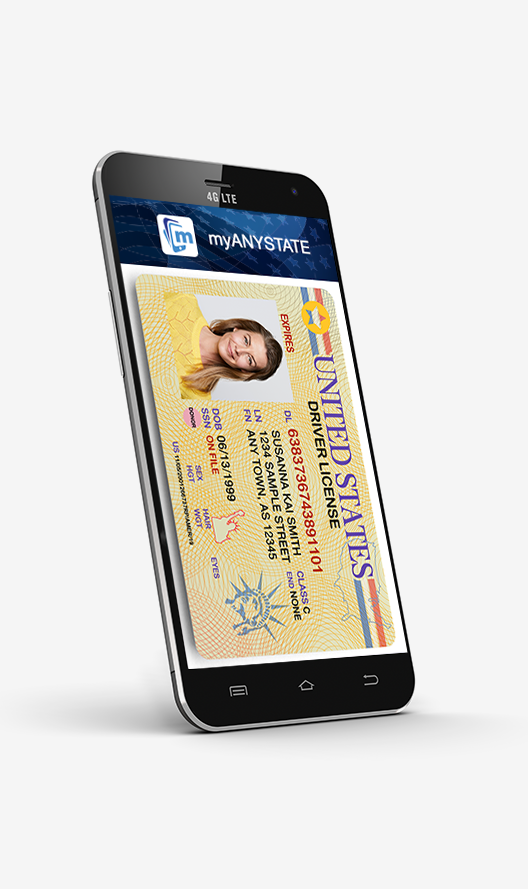What Is a Mobile Driver’s License?
A mobile driver’s license (mDL) is added to a mobile device and can be updated in real-time. It is not a picture of your physical ID but contains and securely stores the same data elements. The data, when shared, is sent electronically and encrypted.
The Issuing Authority (or Issuer)
The entity that enrolls the holder and applies the digital data associated with issuing a physical driver’s license to the mDL; usually the DMV or an equivalent agency.




